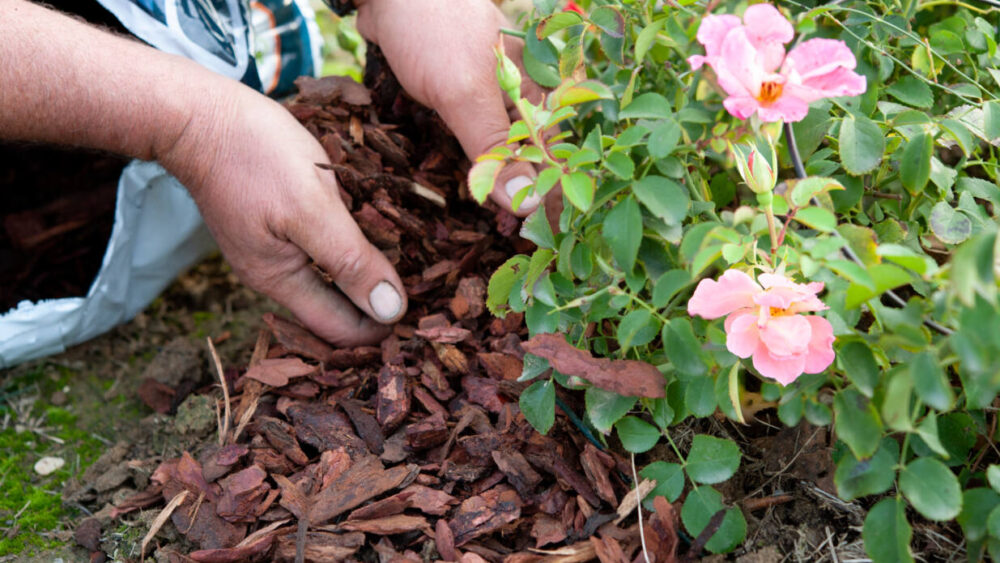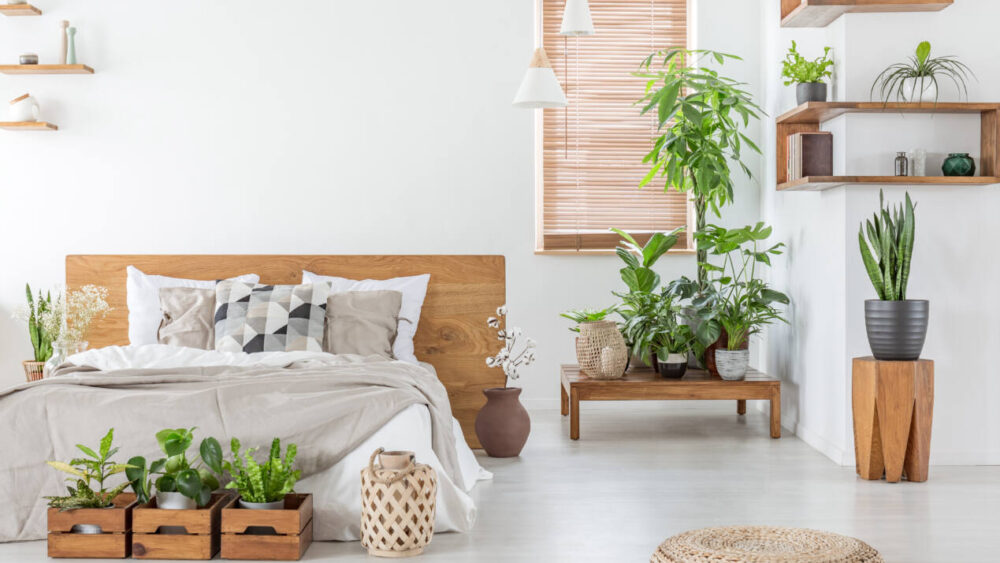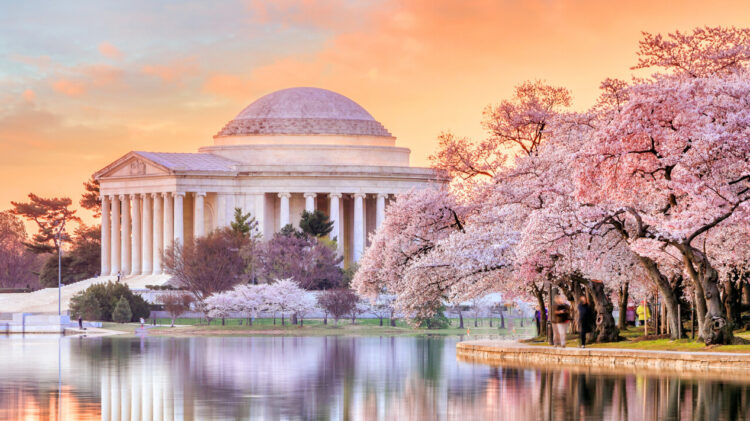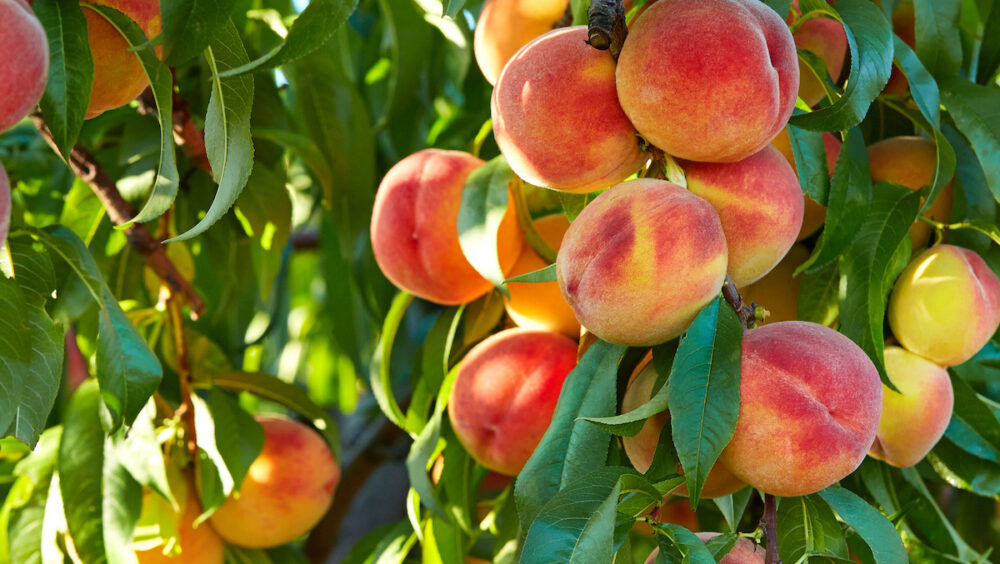5 Smart Plant Choices For An Allergy-Free Garden
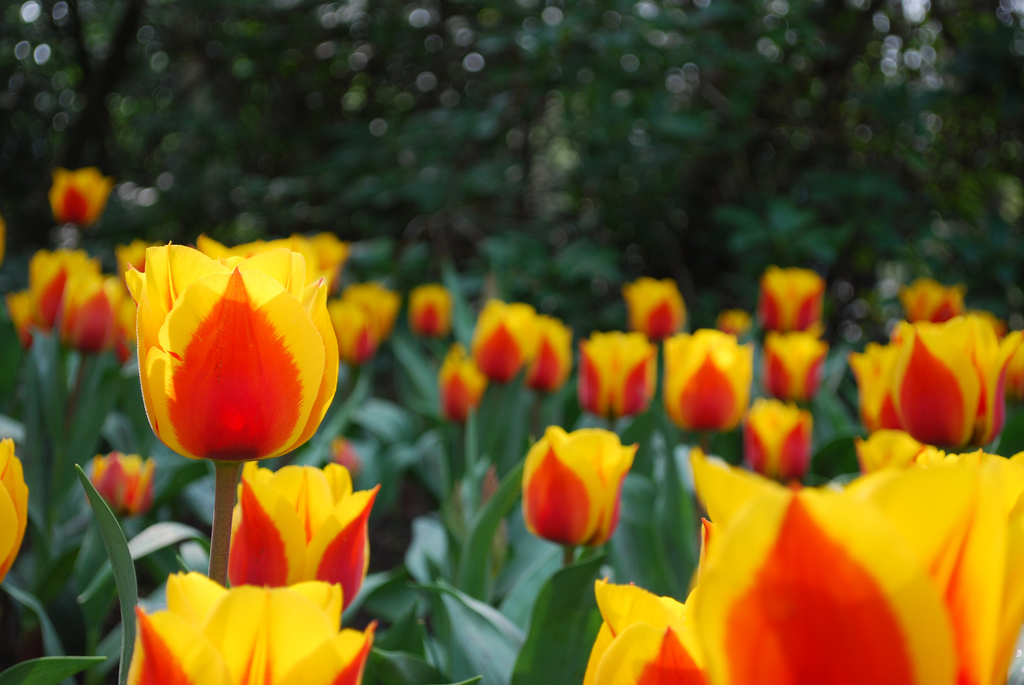
With spring finally here, you may be tempted to go outside and begin planting a garden. For allergy sufferers, however, springtime can be a disaster, with pollen floating in the air and wreaking havoc on your nose and eyes.
Luckily, if you are a fan of gardening, you can pick plants that won’t cause you to have allergies.
As a general rule of thumb, if you suffer from allergies, it’s best to opt for plants with bright fragrant flowers, plants that are native to the climate, and female trees, according to WebMD. Late in the evening is best to garden, as pollen counts are lowest. Wear clothing that protects your skin from allergens, and avoid touching your face and eyes.
With all these suggestions in mind, it’s also important to pick the right plants for your garden that will minimize any allergies. These five types of plants are smart choices for an allergy-free garden.
1. Fruit Trees
Trees that make fruits are not normally an issue for people with allergies, with the exception of sweet cherries and almonds. Female plants produce these fruits, and female plants are ideal for allergies, as they attract birds that clear out pollen and mold, keeping the air around you clean and breathable.
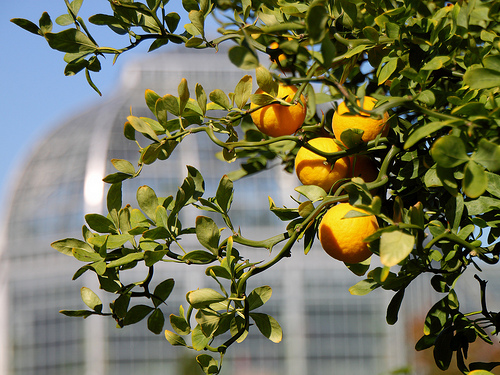

2. Hydrangeas
Hydrangeas don’t produce any airborne pollen, making the shrub a good choice for those with allergies. There are many varieties of hydrangeas, which allows you to customize your garden to your liking without worrying about the sniffles.
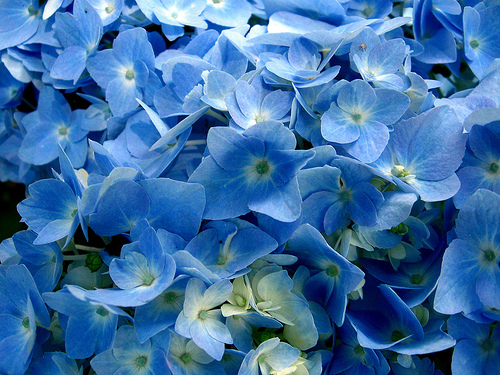

3. Bulbs
Spring bulbs such as crocus, daffodils, hyacinth, and tulips are low in pollen, making them a perfect choice for your garden. Big bulbs attract more bees, making their pollen less likely to travel by wind, so the more showy the flower, the better it is for your allergies.
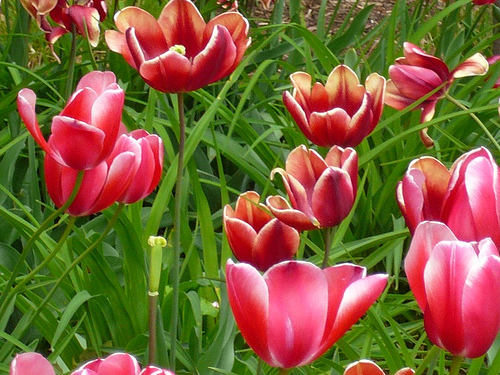

4. Roses
Allergy-sufferers should fear not when it comes to roses. Domestic hybrids are a better choice than wild roses, and roses with many petals can help enclose the pollen. However, anyone with allergies should avoid directly sniffing a rose, which can exacerbate symptoms.
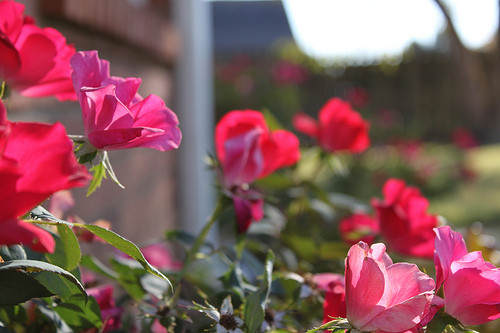

5. Tubulars
Long, tubular flowers are a good option because their pollen is deep inside the flower and isn’t released by wind. Instead, it requires an insect to fly down into the flower to get it, preventing it from entering the atmosphere.
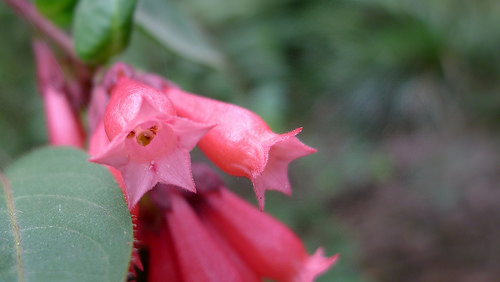

Photo by kevingessner


